As buyers snap up unsold vehicles, Ford cautions dealers prices will be going up as the result of the new Trump auto tariffs. And other manufacturers say they likely will follow. More from Headlight.News.
Ford Motor Co. could be preparing to raise prices as soon as next month as it braces for the impact of President Donal Trump’s tariffs on imported autos and auto parts.
Although the Trump administration has delayed most of the tariffs announced over the past month, it has not backed off on those impacting automobiles, nor the sanctions covering foreign-made aluminum and steel.
The problem for the auto industry is that even domestically assembled vehicles typically use thousands of dollars worth of imported parts and components. According to Seeking Alpha the higher costs facing manufacturers could ultimately translate into the average price of a new vehicle sold in the U.S. rising by $5,000 to $10,000 – if automakers pass those costs on to consumers. If they don’t, it could translate into as much as a $100 billion hit to the industry.
Ford eyes prices hikes
So far, manufacturers have sidestepped tariff price hikes since they continue marketing vehicles that were already in inventory. The typical automaker has about a 60 to 70-day supply of unsold vehicles in inventory – though that varies widely by brand and by model.
With inventories unaffected by tariffs dwindling, Ford told its dealers that it might have to increase prices for consumers next month, according to a memo viewed by Automotive News.
Earlier this month South Korean automakers, Kia, Hyundai and Genesis, indicated they will not increase prices until at least June. Several other automakers have announced similar delays. But Steve Center, Kia’s U.S. chief operating officer told Headlight.News they “may have to pass on some costs,” as tariff bills mount, he said during an interview at the New York Auto Show. It’s a question of timing and determining just how much higher its own cost will be, especially for those now assembled in the U.S.
Dealers prepare for the worst
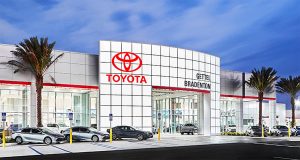
Dealers continue marketing products built before tariffs were enacted but some brands, like Toyota, have begun running out of that inventory.
Dealer stocks dwindled sharply during the pandemic due to plant closures and shortages of essential parts, notably semiconductors. At one point there were barely a third as many vehicles on showroom lots as normal. The industry has been rebuilding stocks over the past 18 months or so and, ironically, there had been concern, prior to the tariff announcements that inventories were growing too large.
Now that has allowed many brands to minimize the impact – for now.
But the threat of tariffs is already having a major impact on dealers. Consumers are moving to purchase new vehicles to avoid rising costs, traffic on dealer lots booming since early March. Inventories of unsold vehicles have dropped from as much as 90 days to 70 days, according to various data tracking services. And the numbers continue to drop.
The surge in buyers, however, is offset somewhat by the sharp decline in the stock market. As stock indexes drop lower, many consumers feel less “wealthy” now and less inclined to make a significant purchase even when faced with price increases, surveys such as the regular measure of consumer confidence by the University of Michigan shows.
More Tariff News
- Higher Tariffs, Plunging Consumer Confidence Could Crash Car Sales
- Trump Pauses Most Tariffs – But Leaves Auto Sanctions in Place
- Trump Threatens Automakers Who Would Pass Tariffs Cost Onto Consumers
Ford in better shape
How much the tariffs will affect the industry varies by manufacturer. And it may also come down to how the Trump administration’s final tariff rules play out, due to its eventual interpretation of the existing U.S. Mexico Canada Agreement.
Ford has an advantage over most competitors. But for Tesla, it has a significantly higher number of vehicles assembled within the United States, noted Seeking Alpha. Crosstown rivals Stellantis and General Motors rely on more imported autos and auto components. GM, in particular, assembles some key products in Canada and Mexico, as well as South Korea and even China.
Toyota has the largest share of U.S.-made vehicles among non-domestics,, though Korean brands got a big boost, noted Kia’s Center, now that parent Hyundai Motor Group has opened up its new Metaplant in Georgia. But the foreign-owned manufacturers still depend heavily on imported vehicles and parts.
Headwinds from China add to the problem
According to Bernstein’s Daniel Roeska, tariffs could reduce Ford’s free cash flow by 35%, lower Fiscal Year 2025 adjusted earnings per share by 41% and fiscal year 2026 earnings per share by 36%.
Ford Vice Chairman John Lawler, while he did not address future price increases, told a Bank of America conference that global automakers are also being squeezed by their declining positions in China – where homegrown brands are rapidly gaining share. The swift decline of the profits from operations in China is blowing a hole in their ability to finance the development of new vehicles, including battery electric vehicles for markets outside China.
“Look what’s happened to the industry over the last couple of years. Do you know that between probably over the last 10 to 12 years, there were roughly $80 billion-plus of profit in China. Now a big chunk of that was the global OEMs. And they use that to invest in products, they use that to fund development. Profits in China are down over 40% over the last three years. And I don’t think it’s going to get any easier. It’s only going to get tougher. So how are we going to replace that to fund all of these things coming at us?” Lawler told the conference.
With China no longer a major source of earnings for global manufacturers, analysts agree, the pressure to pass on tariff costs will continue to mount, analysts have warned.
Paul A. Eisenstein contributed to this report.

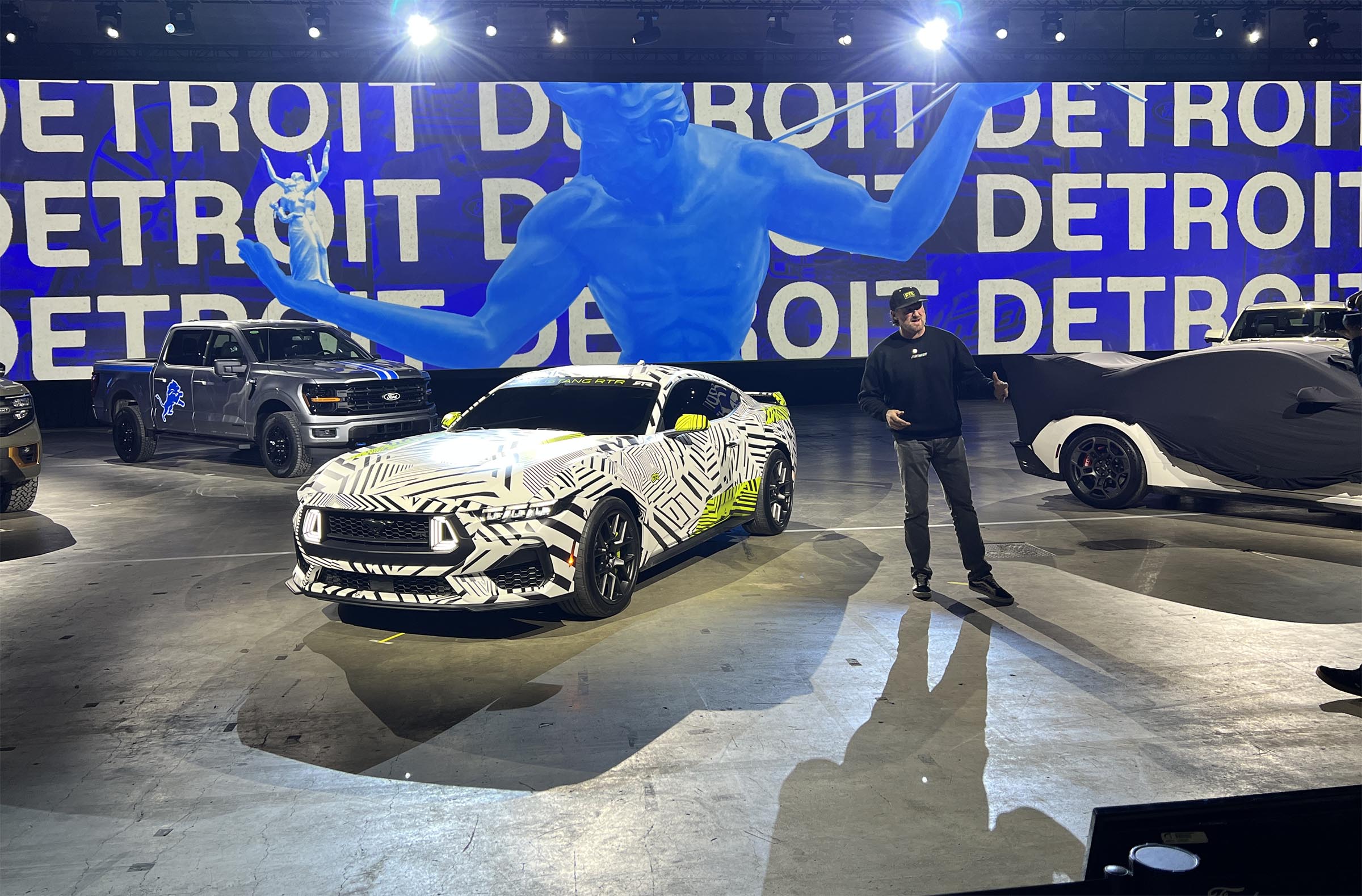
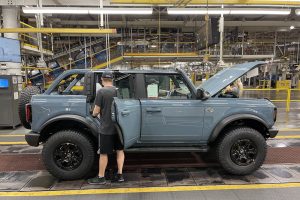
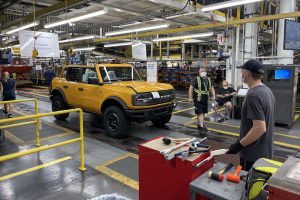
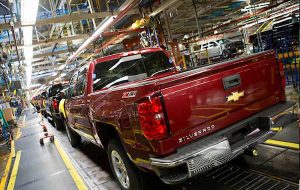


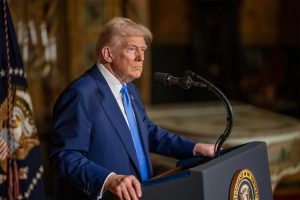
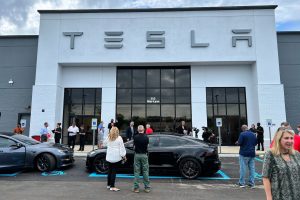


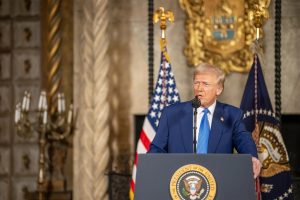
0 Comments